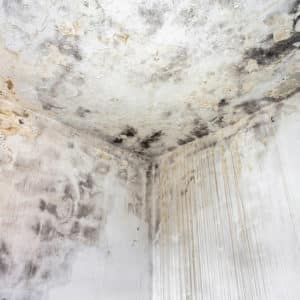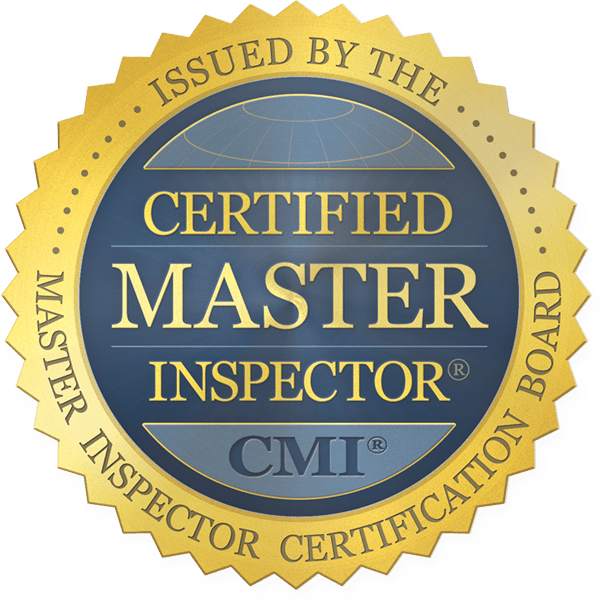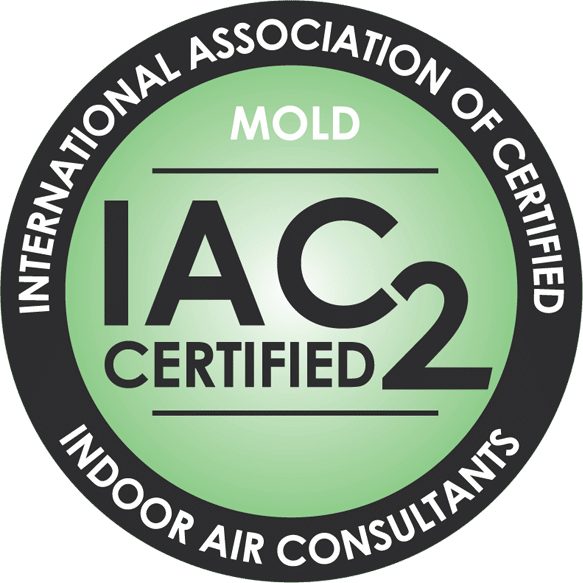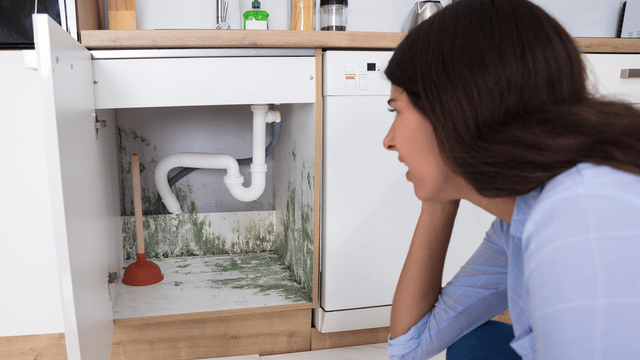Indoor Air Quality Inspection for a Healthy Living Environment
Why is Indoor Air Quality Inspection Important?
Indoor air quality inspection is important because it can help identify potential problems before they cause harm. Poor indoor air quality can lead to a range of health problems, including respiratory issues, headaches, and fatigue. It can also damage your home or office building and its contents. Regular inspections can help identify potential problems before they cause significant harm.

Factors to Consider During Indoor Air Quality Inspection
During an indoor air quality inspection, several factors should be considered. These include temperature, humidity, airflow, ventilation, and the presence of pollutants such as dust, mold, and volatile organic compounds (VOCs). Temperature and humidity levels should be kept within a certain range to ensure optimal air quality. High humidity levels can encourage the growth of mold and bacteria, while low humidity levels can lead to dry skin and respiratory issues. A good ventilation system is also essential for ensuring clean airflow throughout the building. Airflow is important for controlling indoor air quality. Without proper airflow, pollutants can build up in certain areas of the building, leading to health problems and damage to building contents. Pollutants such as dust, mold, and VOCs should also be monitored during an indoor air quality inspection. These can be caused by a variety of sources, including inadequate ventilation, improper cleaning practices, and the use of certain building materials or chemicals.
How to Conduct an Indoor Air Quality Inspection
There are several methods for conducting an indoor air quality inspection, including visual inspections, air sampling, and surface sampling. Visual inspections involve physically inspecting the building for any signs of mold, dust, or other pollutants. Air sampling involves taking air samples and analyzing them for the presence of pollutants, while surface sampling involves testing surfaces for the presence of pollutants.In conclusion, indoor air quality inspection is an essential aspect of maintaining a healthy living or working environment. Regular inspections can help identify potential problems before they cause significant harm. Factors to consider during an inspection include temperature, humidity, airflow, ventilation, and the presence of pollutants such as dust, mold, and VOCs. Various methods can be used to conduct an inspection, including visual inspections, air sampling, and surface sampling. If you’re concerned about the indoor air quality in your home or workplace, don’t hesitate to contact a professional indoor air quality inspector. They can provide you with accurate and detailed information on the state of your indoor air quality, as well as recommendations for improving it.
SCHEDULE YOUR INSPECTION TODAY
Trident Inspection Group values integrity, honesty, and transparency as we help you make one of the most important decisions of your life. In addition to home inspections, we offer commercial inspections, chimney inspections, termite inspections, and more. Contact us today at (714) 332-6689 to request a quote or schedule your inspection. We serve customers throughout Orange County and the surrounding areas of Southern California including Los Angeles, Riverside, Anaheim, Mission Viejo, and Irvine.




